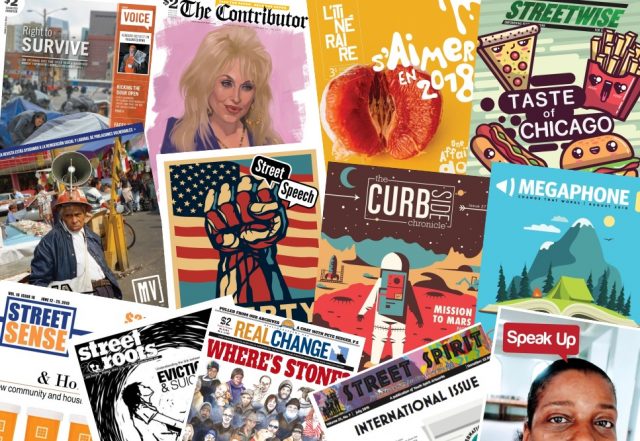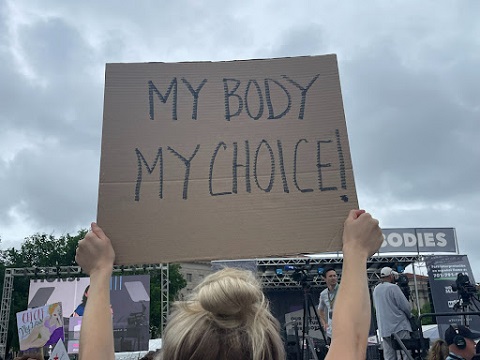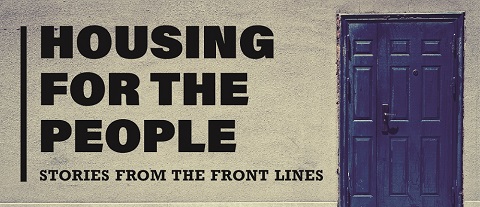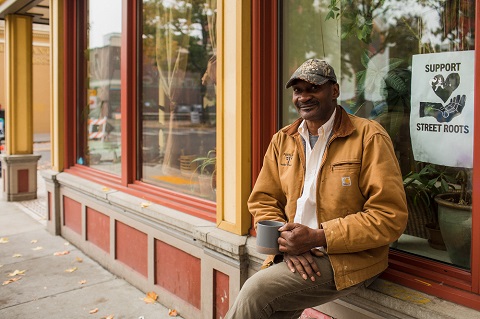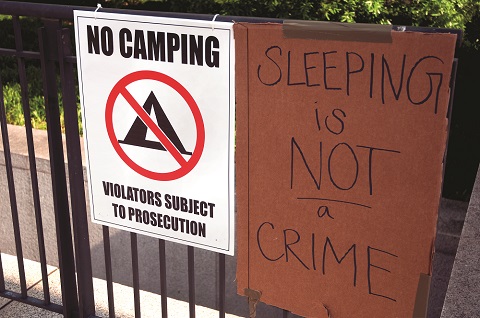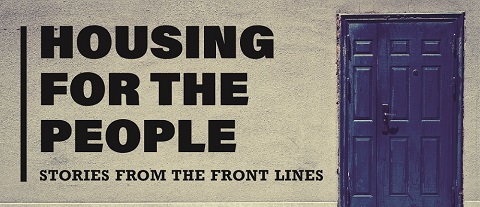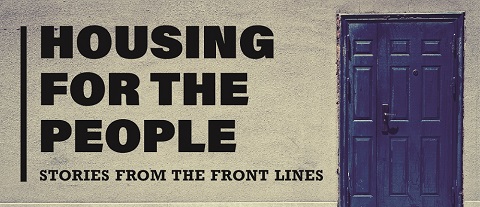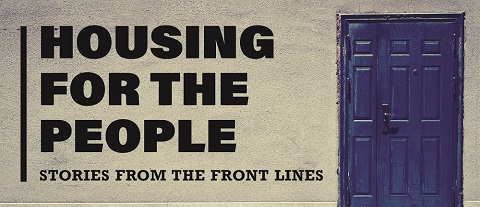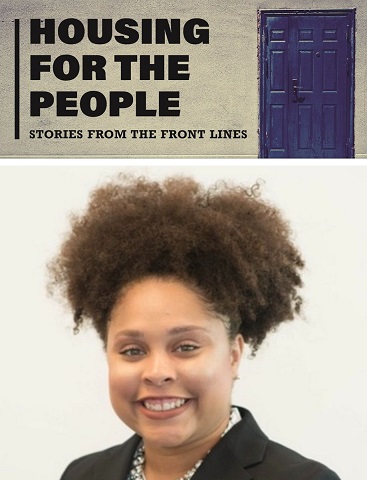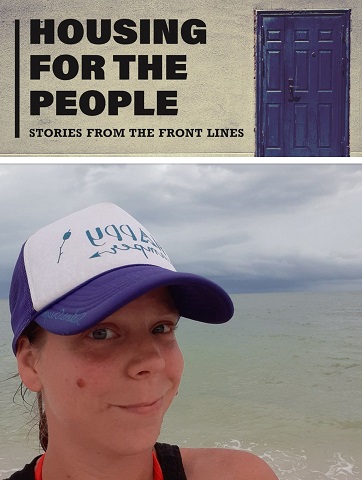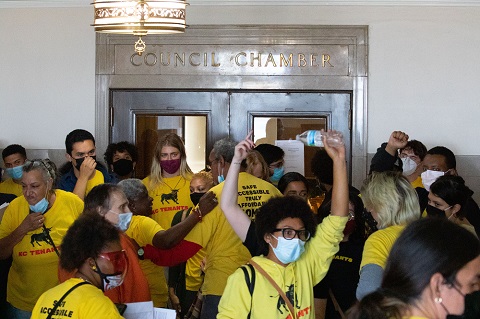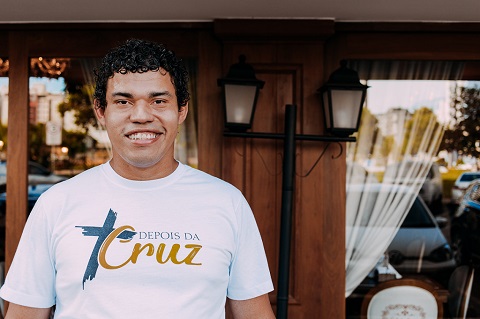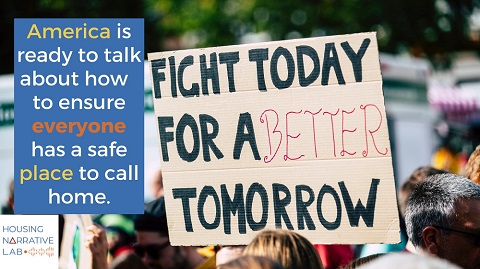By Ann-Derrick Gaillot, Street Roots
Last night at the 2019 INSP Awards, this piece won Best Cultural Feature. Now, you can read it in full.
Five years ago, local musician Fabi Reyna started what would become a revolution.
A guitar player since she was 9, she had long been frustrated by the lack of representation of female guitarists and women in the industry. Publications dedicated to the instrument abounded, but their portrayals of women rarely extended beyond the bikini-clad models of Guitar World’s annual Buyer’s Guide issue. Armed with her expertise in the instrument and her conviction that something needed to change, Reyna created She Shreds, the first magazine dedicated to women who play guitar.
With the publication of the first issue of She Shreds in 2013, Reyna bulldozed out a space in the industry where women could, at last, be consistently recognized as culturally significant musicians, luthiers and leaders.
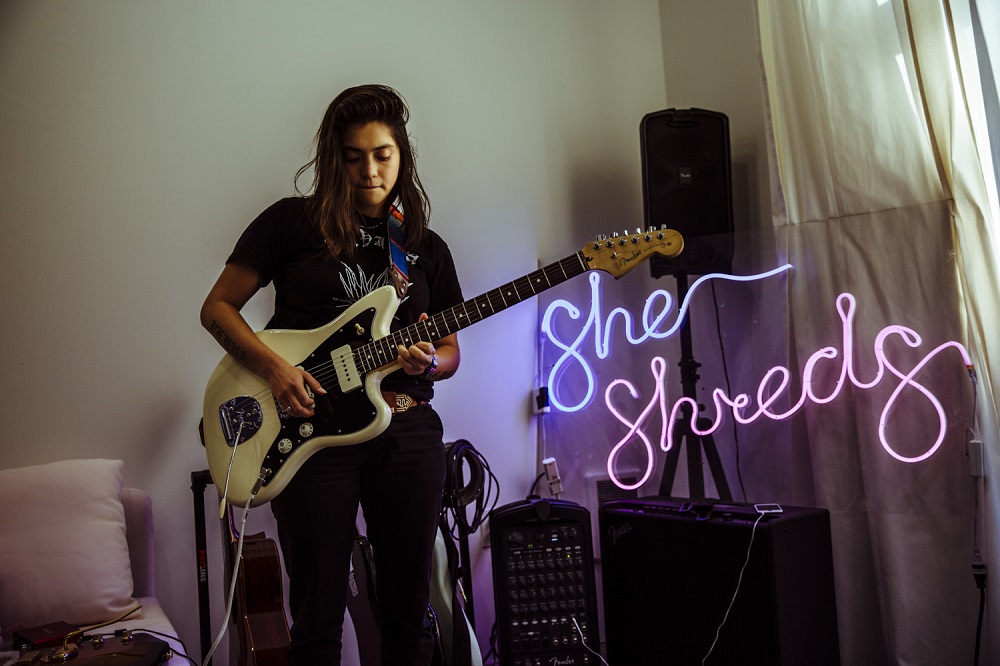
Today, She Shreds is the go-to destination for anyone looking for robust and nuanced coverage of one of the most popular instruments in the world. Coverage includes interviews with popular artists, such as rapper Little Simz and Satomi Matsuzaki, of experimental rock band Deerhoof, along with profiles of guitar legends of the past, such as glam rock bassist Suzi Quatro and Hawaiian steel guitarist Annie Kerr, and gear reviews. Over the years, it has also put on a number of events across the U.S. aimed at bringing the inclusive space of the magazine out into the world.
On Oct. 27, She Shreds celebrated five years in print with a special showcase at Revolution Hall featuring all female guitarists. While visiting family and working on a story in Oaxaca, Mexico, Reyna talked to Street Roots via phone about the success of She Shreds, the recent fifth-anniversary showcase, and what readers can expect from the magazine as it continues in its mission of highlighting female guitarists, past and present.
Ann-Derrick Gaillot: How do you think the guitar industry has evolved since you started She Shreds five years ago?
Fabi Reyna: Five years ago, the guitar industry didn’t even consider women to be a community. I would go to these conventions or I would try to get support from different guitar companies and manufacturers, and the question that I always received was, “Do girls really play guitar? Are they really out there?” And for me it was like, well, yeah, and here’s your 60 pages worth of all these different women across the world that play guitar. So five years ago, for so many people, we didn’t exist. Today, we’re becoming the largest and fastest-growing demographic in the guitar industry. Whereas [back] then we were considered a niche magazine, I’m getting told more and more that, on the contrary, magazines that were historically mainstream are becoming more niche because they specifically cater to this older, male-driven, male-dominated demographic.

Have you seen other guitar magazines shift gears as you’ve become so successful?
For sure. One of the things that stands out to me, and probably a lot of other people, is that three years ago or so, [there was] this image of us and the Buyer’s Guide that Guitar World used to put out annually, and all the models were naked women or bikini-dressed women, so a lot of people referred to it as the bikini gear guide. Someone snapped a photo of our magazine next to that magazine in newsstands, and that photo went viral. It was one of the reasons why I think the conversation gained so much traction. For the first time, that juxtaposition really just came to light. It was so obvious, you couldn’t really get away from it. Since then, our audience really pushed for that issue to change or to stop being distributed. And a year later, Guitar World said that they were going to stop representing women that way, that they realized that women are musicians and that they’re no longer going to showcase them as only objects. And I’ve definitely noticed a huge shift within all of the guitar magazines. More guitar magazines are putting women on the cover. It’s still not a lot, but it’s more than the two or three articles on women guitarists that they would publish every year. There’s definitely a huge difference in terms of representation.
One of the things I love about She Shreds is that there’s so much focus on women of color and queer women. Can you talk a bit about that?
When I was a kid and I was trying to learn guitar, it was hard to find visibility as a woman. It was even harder to find visibility as a woman of color. And it was the hardest to find visibility as a queer woman of color. So for me, my mission has always been rooted in showcasing the different styles, backgrounds, origins and genres of guitarists across the world. We definitely don’t even want to focus on the U.S. We want to focus on stories from all over the world. And I think that those different perspectives really lend [themselves] to a bunch of different identities.

Have your goals, in terms of the type of representation you want, changed during the period of time that you’ve been doing the magazine?
Totally. Honestly, it’s really dependent on my own evolution. Something that I learned a couple of years in is that the magazine isn’t unique and groundbreaking unless I’m listening to myself as a queer woman-of-color musician. And I’m constantly evolving with the magazine as a musician. I get to share my experiences and help others work through their own. And I think it’s really important to focus on the questions of, OK, who really needs this? What visibility is really lacking? What I sort of started realizing the more that I researched and the more perspectives that I’ve put out there is that women of color in genres like hip hop and R&B and indie, jazz – as guitarists and instrumentalists – those are the perspectives that I feel are really important to foster and nurture. And it’s really what I’m working on right now, too, myself as an artist. I’m trying to evolve in those genres as well. I look for these artists that will help me become a better artist myself, and those are the people that I feature.
You’ve gotten so many amazing musicians to be on the cover. Who are some of your dream folks that you would like to have on the cover in the next few years?
There are definitely artists that I look up to, like St. Vincent and H.E.R., who is a hip hop artist who plays guitar, and Lauryn Hill. Those people are all dream cover artists. But something that’s growing for me is to put women on the cover whose stories haven’t really been discovered or told. I’m in Oaxaca right now, and I just met this woman who grew up in this very “women don’t play guitar” culture, and it was really severe – like, “women don’t play guitar here”, but it wasn’t just that. You’d get beaten and you’d get ostracized for going against those norms. She’s close to 80 at this point, and she’s lived her whole life fighting that. Those are really the stories that I feel like I need to tell, and those are the stories that need to get recognition. Because she’s never gotten that recognition, she doesn’t really understand the value of just how impactful her voice and her experience can be to so many other Mexican women and girls who might not have ever met another woman guitarist from Mexico.
Who have been some of your favorite people that the magazine has covered?
[Legendary Latina pickup winder] Abigail Ybarra is definitely up there. I was so inspired by her story and she was so excited to be getting recognized. It’s such a respect thing. We talk to these women not as a way of using their stories to uplift us, but out of a deep respect [and desire to] to share their stories. And Abigail was one of those people. Les Filles de Illighadad are from Tuareg, and they are actually the first women to play guitar in their town, in the history of their traditional music. So that was amazing as well. And then also we’re about to release this in-depth story on Sylvia Robinson, who is considered to be the “Mother of Hip Hop.” She started the first record label that hosted the first hip hop artists and she was also a guitarist. She first became famous as [half of the R&B duo] Mickey & Sylvia. She was a guitarist in the ’50s and developed as that. So, to me, it’s so fascinating how deep the instruments of the guitar and bass runs through every lifestyle and every culture and every genre. People really only consider it strong in rock ’n’ roll and indie. So yes, we’re telling the story through women, but we’re also telling the story of just how versatile this instrument is.
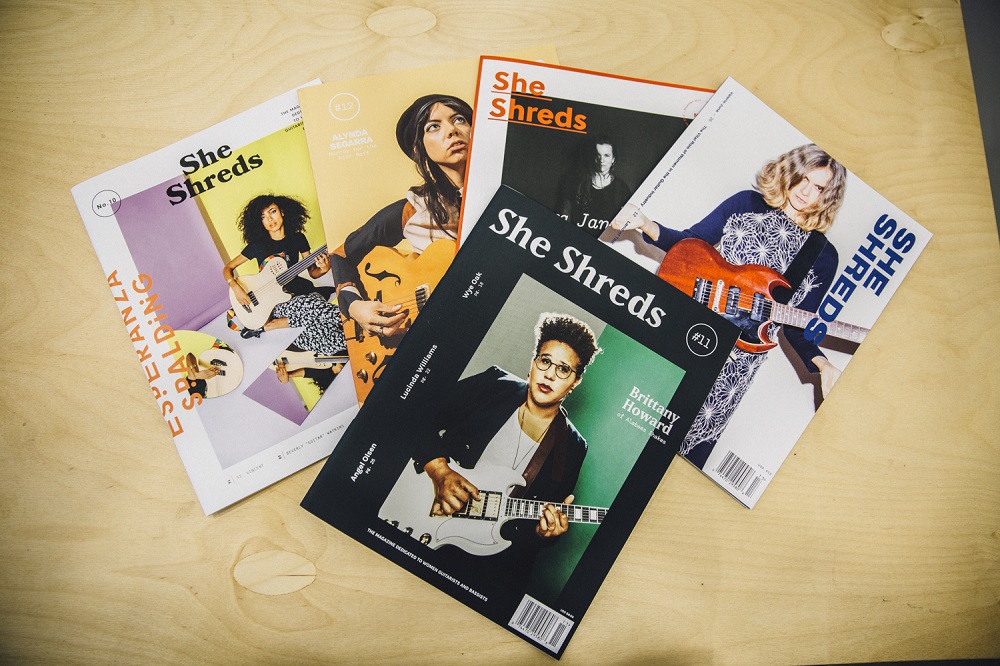
Why do you think She Shreds is thriving at this time when so many print publications are shutting down?
First, our audience has always been really dedicated to us. The people that buy our magazine, they’re collecting history in a way. A lot of our issues include first-time stories, discoveries, never-written-before, never-known-before type of stuff. That’s exciting to a lot of people. On top of that, we are the only experts in the world on women guitarists and women’s history, specifically in terms of guitar and bass. As the guitar becomes something that women use as a tool to feel empowered and [as they] showcase it onstage and talk about it in interviews, people want to know more about it. We happened to create and evolve something that no one else really understands at this point. Fender and whoever else is talking about the death of guitar and how women make up 50 percent of new players and 50 percent of consumers – well, that’s awesome, but everyone is still stuck in a place where they don’t know anything about this audience because they’ve been ignored for 40-plus years.
Some brands or endeavors focused on women sometimes feel a little gimmicky or fall into a sort of feel good, marketplace feminism, but She Shreds never does. Have you ever run into the pressure to be that way, especially as you’ve partnered with brands over the years?
Yeah, definitely. And when someone puts that on us, it makes me, as this person, feel really strange, and I notice that I don’t want to do that. Sometimes it’s hard to listen to yourself in those intuitive moments, but I’ve learned that that is what I have to do to push against that. In the end, it puts us in this position where we are leaders rather than followers. And that is something that is really important to me. I constantly want to be growing, and I constantly want to be evolving, and I really constantly want to be creating new dialogue and continuing to push it forward. As soon as something feels like we’re coasting or as soon as something feels like we’re good, it makes me feel uncomfortable. And brands [that work with us] like Red Bull and Fender, etcetera, really respect us for that. They listen to us. If, at some point, we feel like something is exploitative or using language just to use it, they are like OK, cool. We trust you.
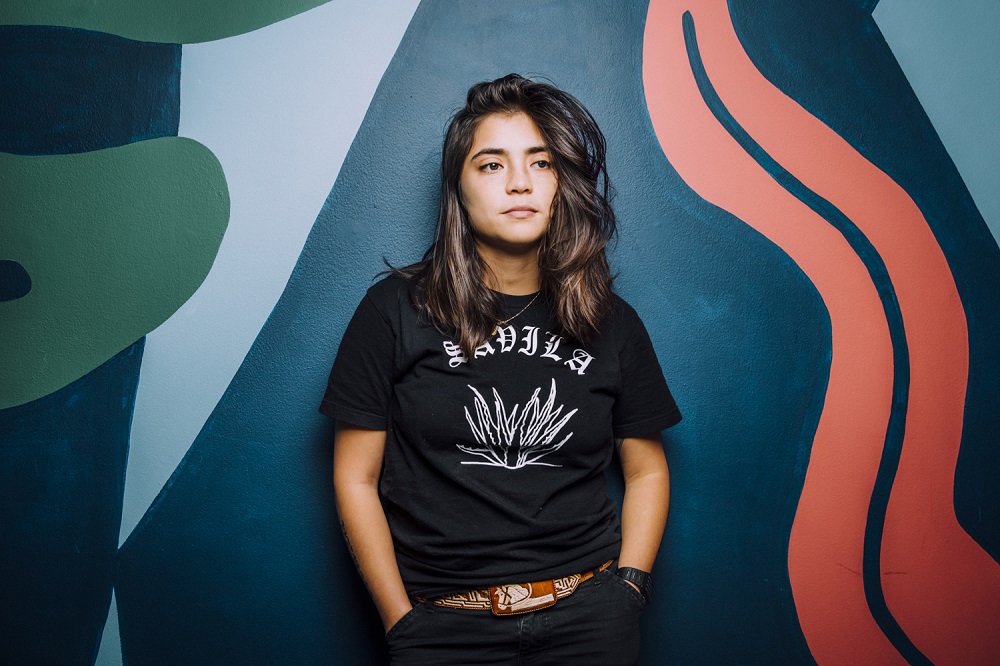
What are your hopes or goals for the next five years of She Shreds?
Previously, I have wanted to just work, work, work and do whatever I had to do to make us really big and make our perspective and our voice as heard as possible. And now I’m really focused on making sure that people see us as experts rather than just some kids who are doing something for fun. We are real experts in this. We’ve been doing this for five years, we know what we’re doing. We know how to evolve it. We know how to nurture it, and I’m going to be focusing on content and partnerships that really show that.
INSP members can download this feature from the INSP News Service here.




